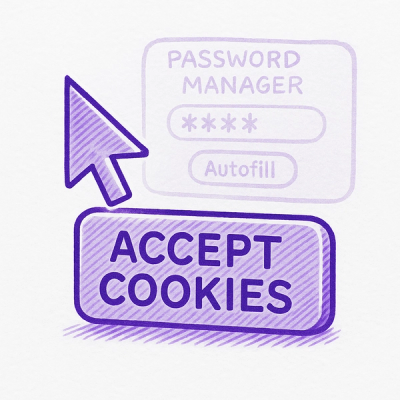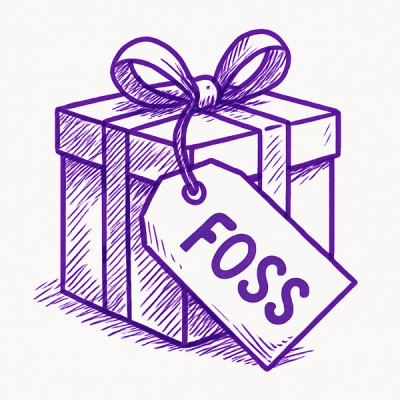
Security News
Researcher Exposes Zero-Day Clickjacking Vulnerabilities in Major Password Managers
Hacker Demonstrates How Easy It Is To Steal Data From Popular Password Managers
= Boombera
Boombera is a CouchDB-backed content repository aimed at multi-stage, multi-tenant web applications. If your application supports multiple customers, allows each customer to customize the content within their context, and goes through a staged deployment process (alpha -> beta -> staging -> production, etc.), then the Boombera content store can help you manage content that can be inherited and possibly overridden down hierarchies of both customer and environment.
== What Boombera Isn't
Boombera does not provide a GUI for managing content; it is not a CMS. However, it does provide the code level interface for inserting content into the database, so you could build a CMS on top of it.
Currently, Boombera does not attempt to understand the semantics of your customer and deployment hierarchies. While you can map one content path to another via the API, both your CMS and your consuming application must have knowledge of these hierarchies and how they map to your content paths. This hierarchy-awareness may be added to a future version of Boombera.
== Why Use Boombera
One of the major advantages of Boombera is CouchDB itself. CouchDB's excellent replication makes it easy to have your CMS update content on it's local CouchDB instance and have that content pushed out to replica databases on your application servers. This means you don't need to communicate over the network every time your application needs to fetch content.
Because CouchDB can replicate bi-directionally, it should also be possible to support edit-in-place features within your application while still having that content pushed back to your CMS and to any additional application servers. Another application of this is to allow developers to work off-line, updating content that is tied to the features they are working on, and then have that updated content replicated back to the shared development infrastructure once they are finished.
Boombera's content-mapping functionality reduces both the size of the database and the necessary network traffic for database updates when much of the content is identical between customers and/or deployment stages.
== Installation
gem install boombera
== Usage Examples
See the documentation on the Boombera class.
== Contributing to Boombera
== Copyright
Copyright (c) 2011 John Wilger. See LICENSE.txt for further details.
FAQs
Unknown package
We found that boombera demonstrated a not healthy version release cadence and project activity because the last version was released a year ago. It has 1 open source maintainer collaborating on the project.
Did you know?

Socket for GitHub automatically highlights issues in each pull request and monitors the health of all your open source dependencies. Discover the contents of your packages and block harmful activity before you install or update your dependencies.

Security News
Hacker Demonstrates How Easy It Is To Steal Data From Popular Password Managers

Security News
Oxlint’s new preview brings type-aware linting powered by typescript-go, combining advanced TypeScript rules with native-speed performance.

Security News
A new site reviews software projects to reveal if they’re truly FOSS, making complex licensing and distribution models easy to understand.